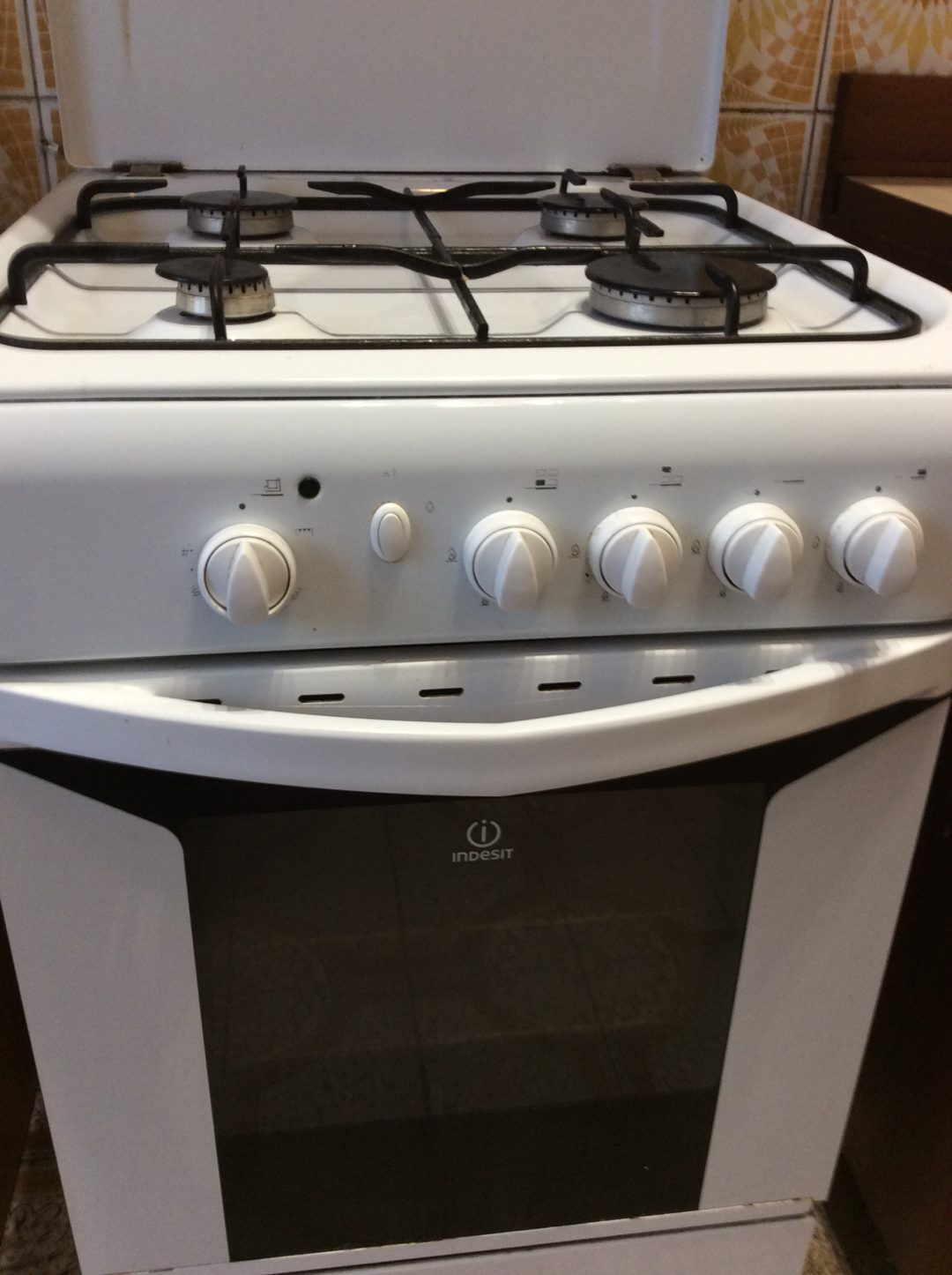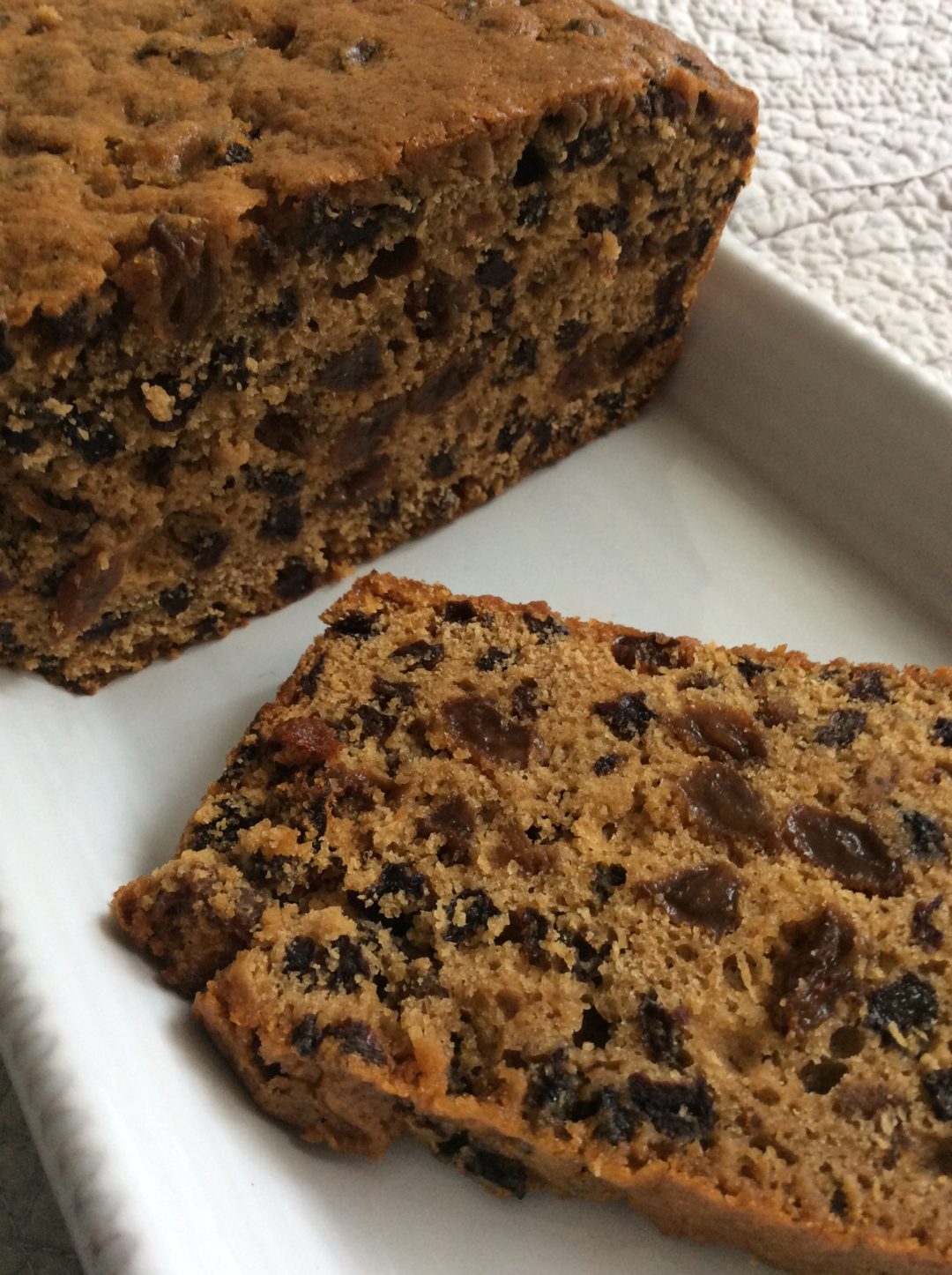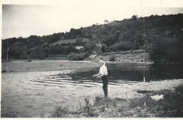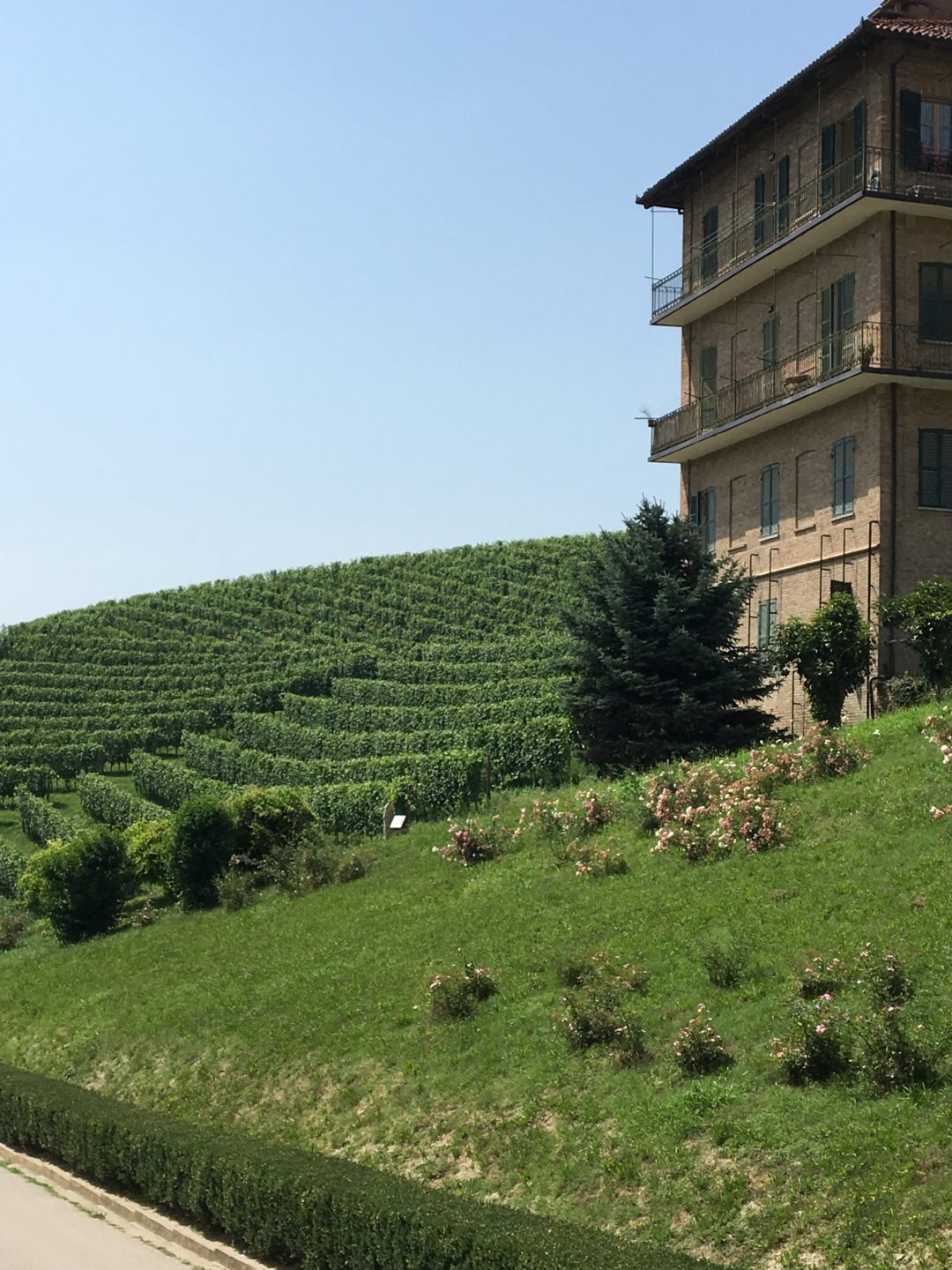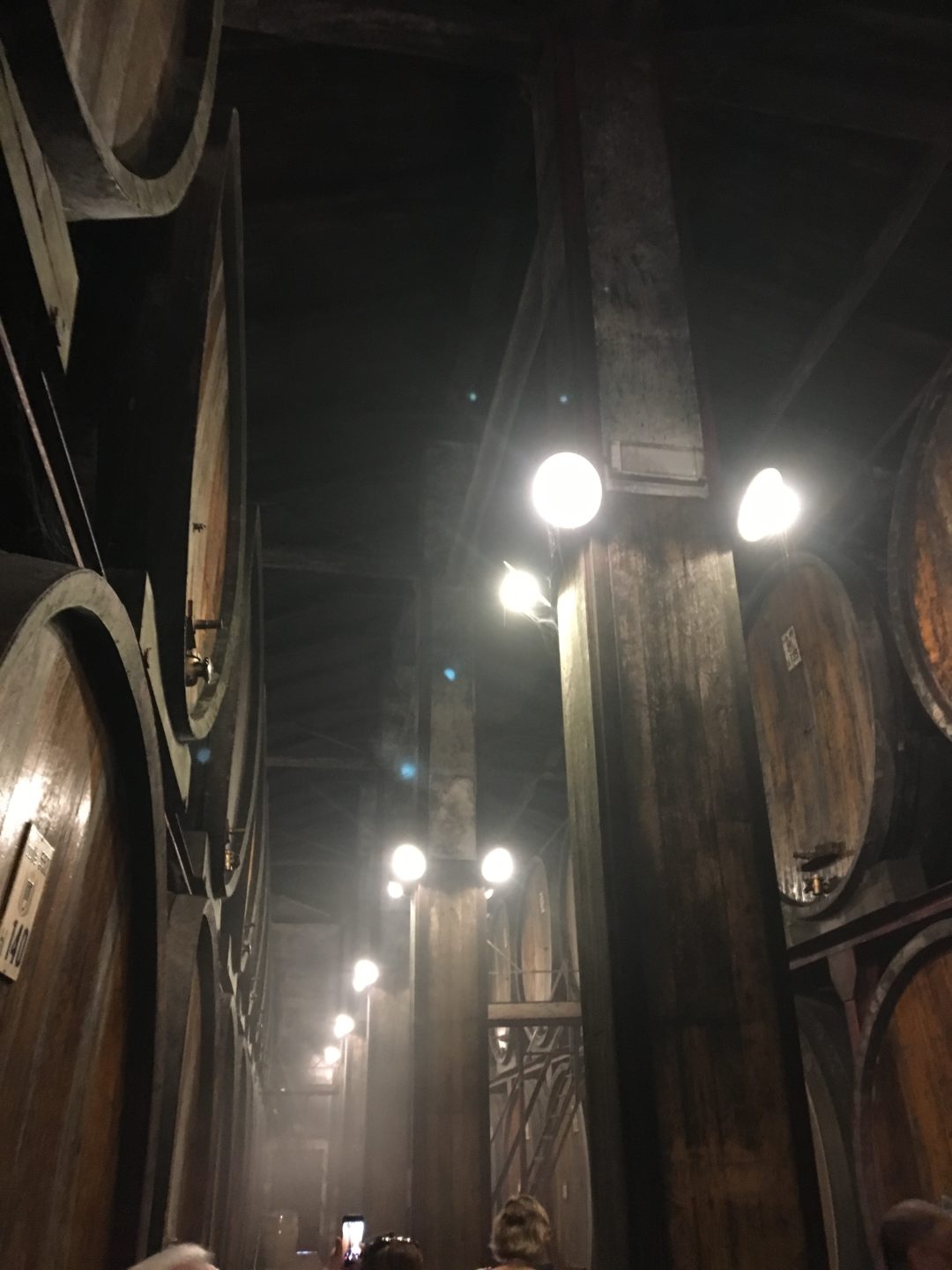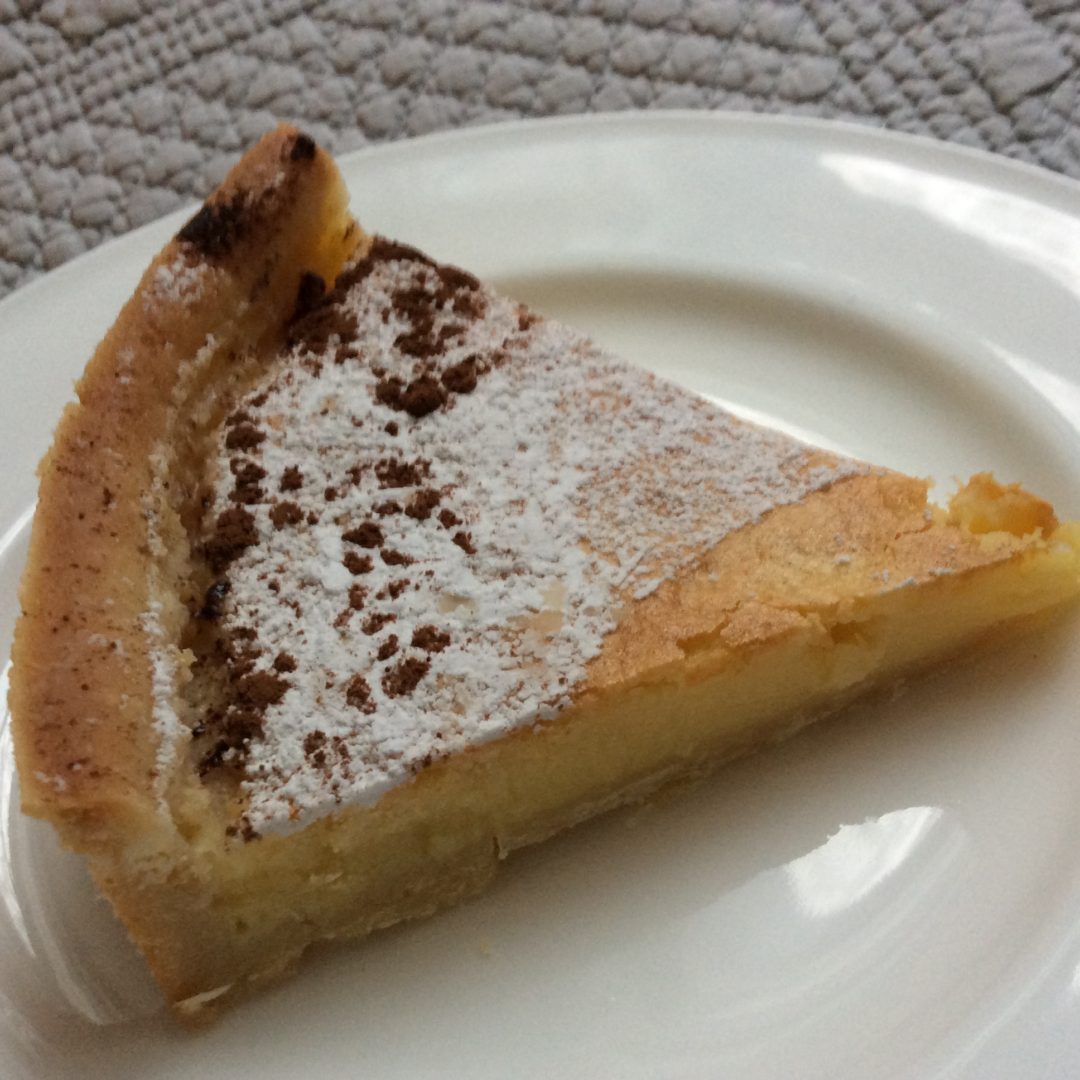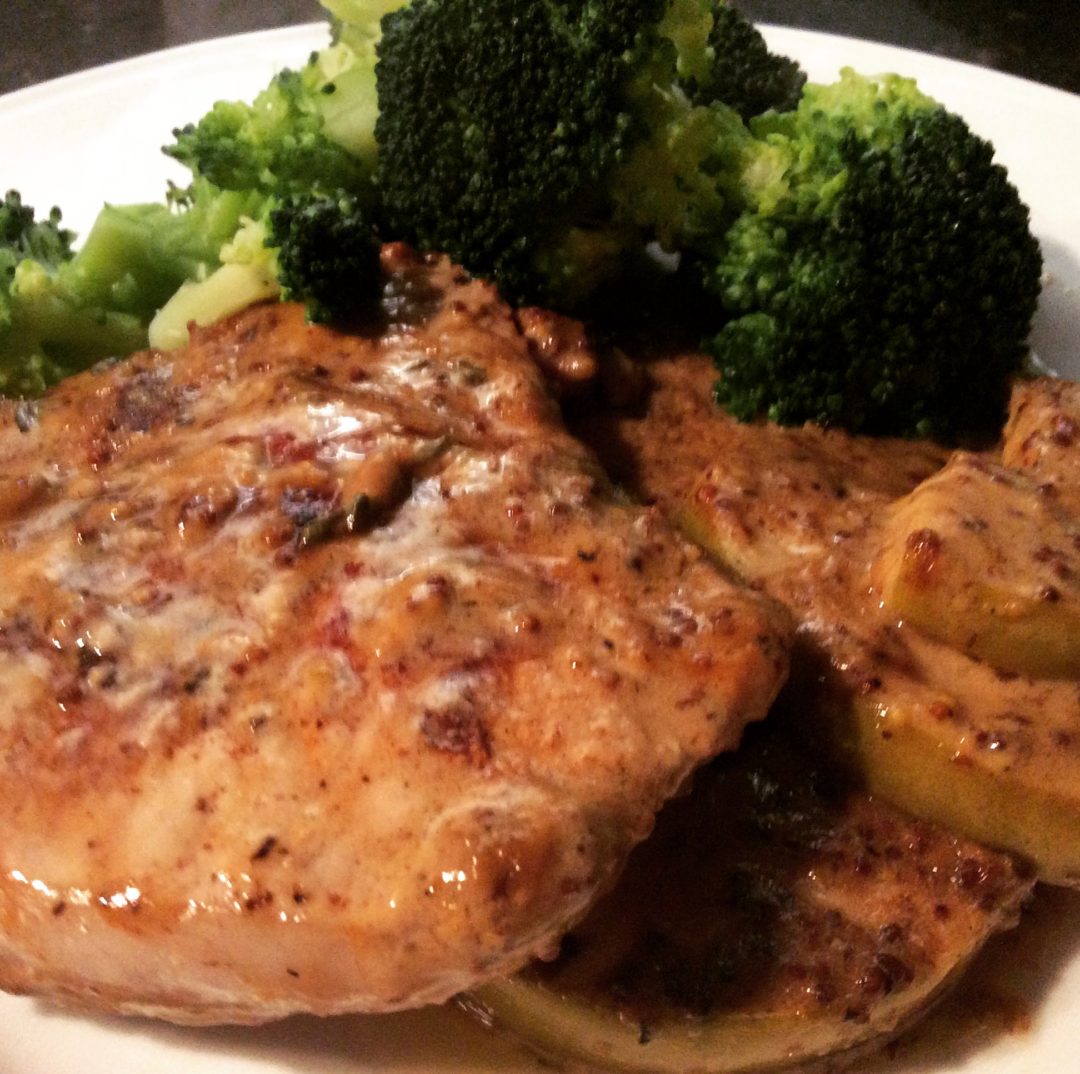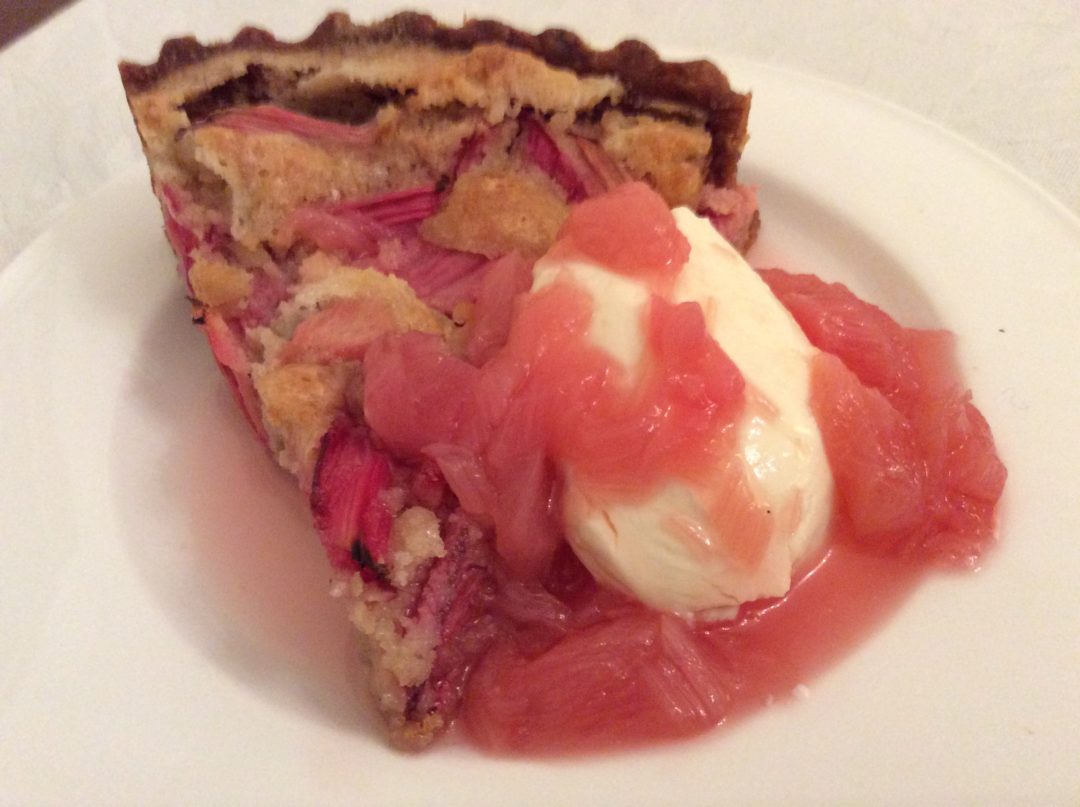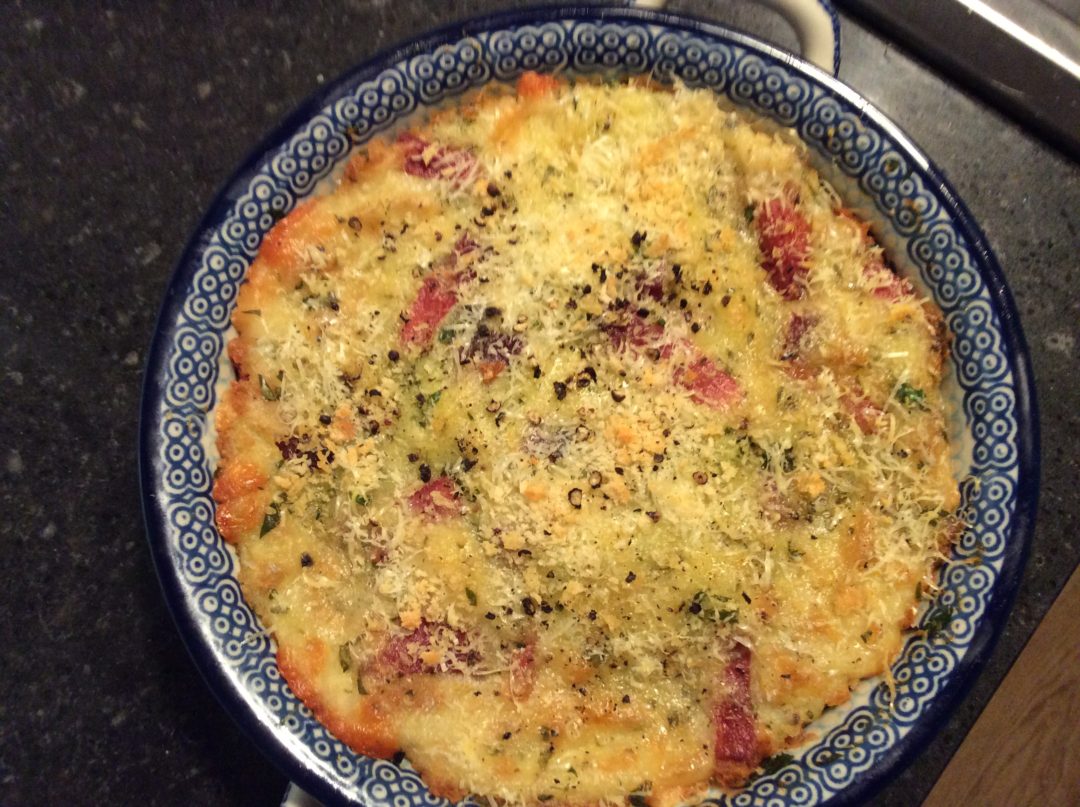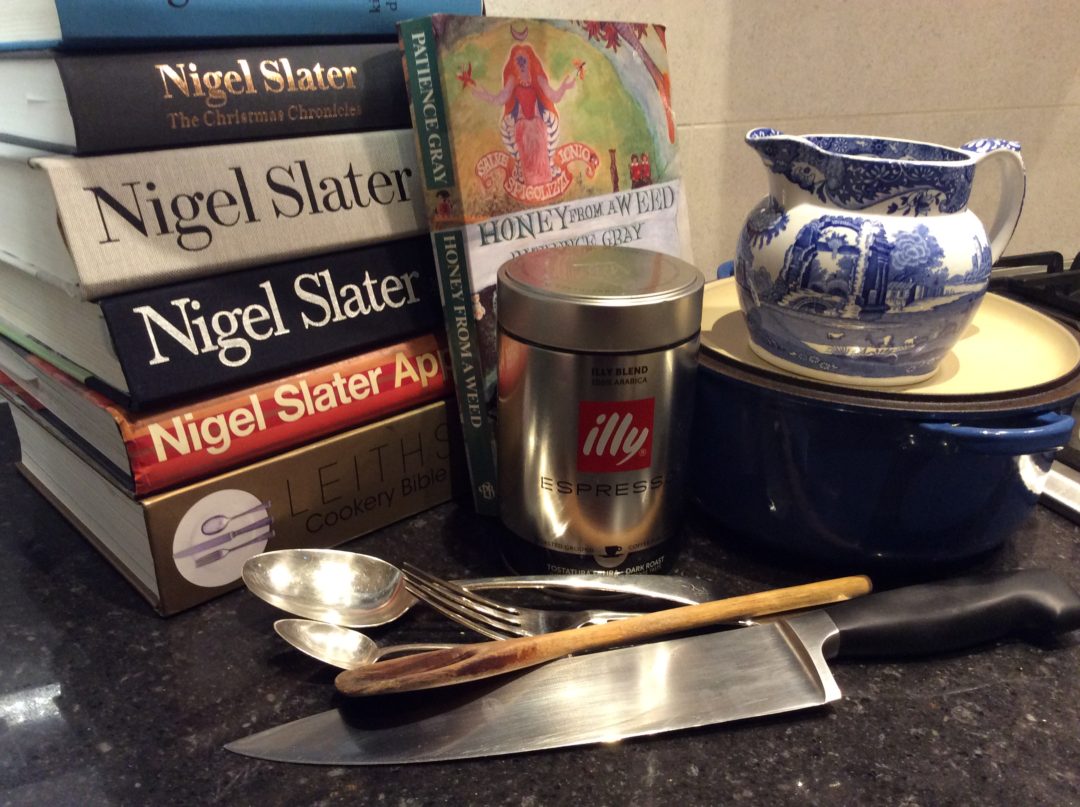My somewhat characterful grandmother was a great one for proverbs, none more so than that a bad worker blames their tools. Inculcation of this attitude from early age meant that anything that went wrong for me in life was my fault. It took me a while to learn that actually, rubbish knives were a bad thing in the kitchen and it was OK to sometimes blame ones tools.
No more was this tested than when I inverted the amount of time I spend in Italy rather than London. This meant I actually had to start cooking meals here and not just getting away with a pasta or a salad meal, or even eating out which is a lot more affordable here than in London.
So I had to get to grips with the rather elderly cooker. Do you remember the stove that featured in the Wallace and Gromit’s A Grand Day Out? I have its meaner (much) older sister here. The first thing that took me aback was that it was a gas oven. Who has gas ovens any more? Do they still make them? I last remember my mother having one in our kitchen for when it was too hot for the range to be on and that was a temperamental creature, too. Can I just point out that we weren’t smart middle class Aga owners; we lived in a draughty Victorian farm cottage and the range was the only thing that stood between us (including the dog and cats) and death by hypothermia for nine months of the year.
The first panic was whether I could still remember Regulos. Remember them? I am not even sure recipes still give gas oven temperatures now. Must check. Anyway, I was a little mollified when I could finally discern on the very worn oven gauge that the temperatures were shown in Centigrade. OK, getting better. Now to light the oven…
Gawd, what a to-do that was. First of all I nearly gassed us both by turning the switch and not realising it wasn’t automatic ignition. So why is it plugged into the electricity? So the light in the oven works. Oh.
Right, OK, I wasn’t a Queen’s Guide for nothing…I didn’t actually get as far as rubbing two sticks together but I quickly learned that matches wouldn’t work. Did you know that nail varnish can actually ignite? While it is on your finger, I mean.
It then dawned on my still-being-gassed-brain that I probably needed to use the igniter thingy I have to use for the hob (if you can dignify it with that name). I hate it; it is malevolent to its plastic bones and just as temperamental. It finally deigned to spark and ignited not only the oven but all the gas I had left on while I faffed about. It wasn’t exactly an explosion but I did end up on the floor and there was a strange smell of burning hair. My eyebrows are doing nicely now, thank you.
Getting the damn thing lit was just the first step in wrestling this oven into submission. I thought the dial seemed a bit loose but it transpires that it’s just reflective of the oven’s casual approach to any thermostatic control I might reasonably expect it to have. Putting something in at 180C produces pale, pallid food that after an hour might have some heat in it. Ramp it up to 200C and spitefully, it burns like an incinerator. Sometimes. Other times, it might produce the same pallid response.
I have often wondered why so many Italian cookery books direct food to be cooked on the hob, even long, slow cooked dishes. In my ignorance, I thought it was perhaps because fuel was (and is) more expensive than in the UK. No. It is because previous generations of cookers were mean, spiteful beasts that drive you mad if you are not constantly attending to their petty needs: “ooh turn me up a bit more; oh no that’s way too much, turn me down. Don’t open my door – what am I – a barn?”
My oven and I have have these conversations nearly every day and I have developed a new found respect for generations of Italian (still mostly) women who have coaxed, bullied and deceived these wretched ovens into producing superb food. I have no idea how anyone successfully bakes a cake in them. The one and only time I have done pastry, I sat and watched over it like an anxious new mother.
On reflection, I have been immensely lucky hitherto with ovens I’ve had. Before I was married, I never cooked so didn’t learn the trick of my mother’s gas oven, although was an occasional witness to an outburst of abuse she would give it. My first cooker when married was a Belling double oven with those spiral electric hobs that look like giant liquorice allsorts and take three weeks to heat up, then stay heated for another three weeks.
Since then, I have always had Neff gas hobs and electric fan ovens, so have had it easy really. Electric fan ovens for me are easily controllable and produce perfect results (which is not to say that I always do). The later generations, which have pyrolitic cleaning capabilities are wonderful and all the racks go in the dishwasher – bliss.
So here in Milan I have achieved an uneasy truce with this obstreperous heap of soon-to-be-scrap metal but it has taught me a lesson. As a modern cook, I have it easy and if I make mistakes when I cook in London, I can’t blame my tools. In Milan, it’s different; just hope Grandma isn’t listening.

